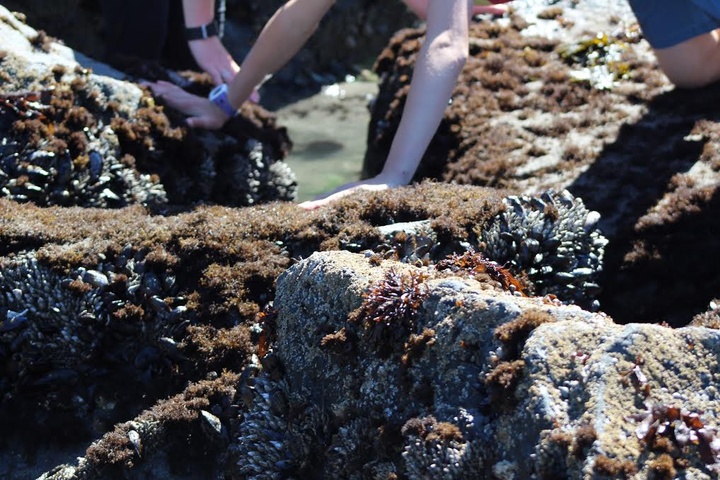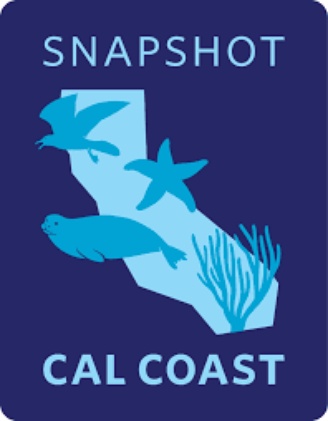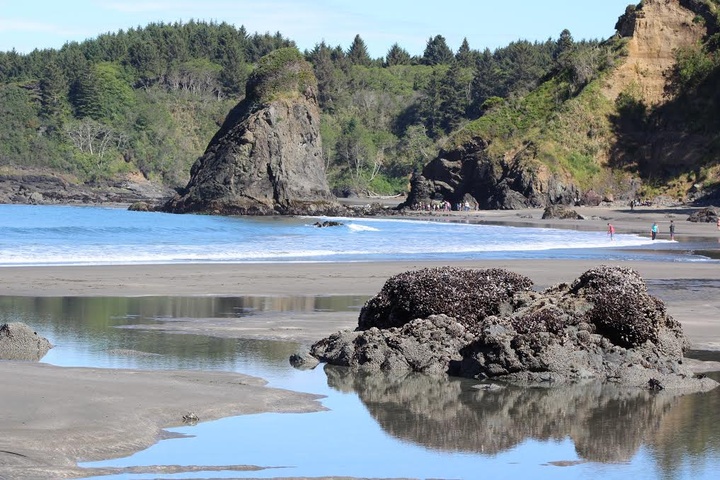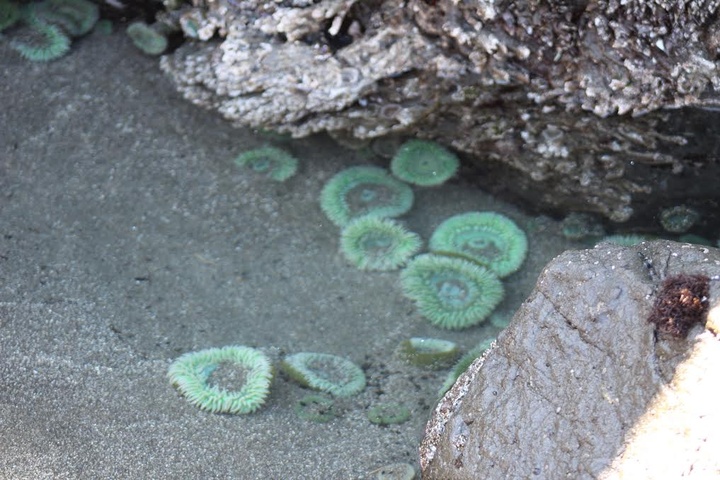
Your pictures of coastal nature can be used for more than just Instagram and Snapchat! During the week of June 23-July 2, search for as many coastal plants and animals as you can find, and share photos on the website and app, iNaturalist, to contribute to Snapshot Cal Coast 2017.

Snapshot Cal Coast is a statewide effort to document coastal biodiversity, focusing on intertidal zones and marine protected areas, using a series of citizen powered bioblitzes. This is the second year the Marine Protected Area Collaborative Network and California Academy of Sciences are partnering to host this series of grassroots, smartphone powered, bioblitzes.
Why Bioblitz?
A bioblitz is an intensive one-place, one-time, study of biodiversity in a specific location. Through these events, people of all backgrounds and skill levels can generate valuable citizen science data while enjoying nature and helping to protect valuable resources. The goals of the annual Snapshot Cal Coast bioblitz series are to help us better understand coastal habitats and fluctuations in species ranges, build awareness of biodiversity, and help better manage our marine protected areas. This series of bioblitzes will be powered by smartphones using the iNaturalist app. The app allows one to record what you see in nature, share your observations online, get help identifying what you have seen, meet other naturalists, and learn about the natural world around you.

How does one get involved?
There are many ways for people of all ages and skill levels to participate as individuals or during organized events. All you need is a smartphone with the iNaturalist app downloaded, or a digital camera.
1. Join a local event: The Trinidad Coastal Land Trust, Friends of the Dunes, Northcoast Environmental Center, and Humboldt Marine Protected Area Collaborative are hosting a Baker Beach Bioblitz on Sunday, June 25, from 7 to 9 a.m. Meet at the Trinidad Coastal Land Trust office, located 380 Janis Court at 6:45 a.m. for a brief introduction to iNaturlaist, then participants will carpool to Baker Beach.
2. Head out on the coast on your own (or with friends and family) during the Snapshot window of June 23-July 2. Make and share the observations of the plants and animals you see, especially things on our most wanted list and in Marine Protected Areas. Check out the NOAA tide table HERE. Low tides are the best times!
3. Contact Cal Academy of Sciences by emailing rjohnson@calacademy.org about organizing your own event.
4. Make it a scavenger hunt for the ‘most wanted species.’ The California Academy of Sciences has put together a ‘most wanted list’ based on questions, and in consultation with others in the scientific community, the California Ocean Science Trust, California Coastal Conservancy, and California Department of Fish and Wildlife. List below:
Snapshot Cal Coast Most Wanted Species
- All starfish species; especially Leptasterias spp., Pisaster brevispinus, & Pycnopodia helianthoides with special attention to wasting symptoms in all species
- Purple sea urchins, Strongylocentrotus purpuratus, including any evidence of balding
- Barnacles; Megabalanus californicus and Tetraclita rubescens
- Nudibranchs, especially Felimare californiensis, Flabellina iodinea, Okenia rosacea, & Phidiana hiltoni
- California spiny lobsters, Panulirus interruptus, molts and live animals
- Oysters; Crassostrea gigas & Ostrea lurida
- Seaweeds, especially Postelsia palmaeformis, Saccharina sessilis, Sargassum horneri, & Undaria pinnatifida
- California mussel beds, Mytilus californianus
- Sunburst anemone, Anthopleura sola
- Red bryozoan, Watersipora spp.
# # #
Spread the word! Use our hashtag on social media #SnapshotCalCoast or tweet @SnapshotCACoast. Some tips on how to be an unobtrusive species documenter:
- Always remember to take care in the tidepools for your safety and the protection of ‘local residents.’
- Never remove any animals or seaweeds.
- Take care to step on bare rock wherever possible.
- Never move animals from place to place.
- Never ‘roll’ rocks.

CLICK TO MANAGE